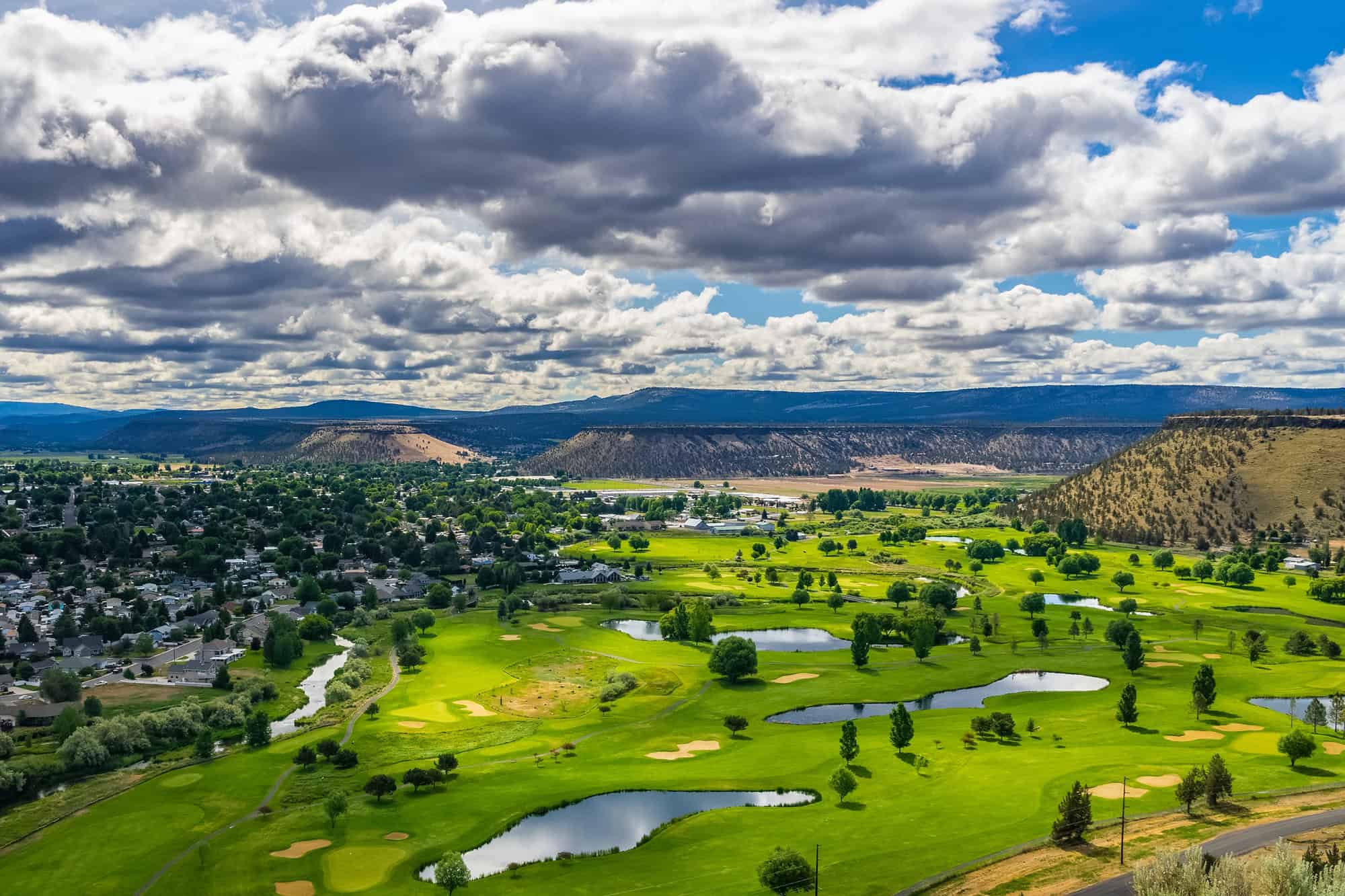Motorists must be notified of the height of bridges and overpasses in feet and inches. Sometimes, it is posted on the bridge itself, and sometimes it’s on a sign a mile preceding the bridge, and usually it’s both. This is done so that tall vehicles such as commercial trucks know whether they will be able to fit under the bridge. Unfortunately, despite warnings and the ability to check their route ahead of time, accidents still occur where the trailer part of the truck is too tall and collides with the bridge over it. These accidents are dramatic and can not only cause damage to the truck and the bridge, but they can also injure the truck driver and other drivers around the site.
Usually a type of truck accident, bridge strikes occur when the vehicle attempting to pass under a bridge or overpass is too tall to pass under safely, and therefore collides with the bridge. When truck strikes happen, it can lead to further accidents with the vehicles around the collision, including jackknife crashes and cargo spills which can injure others around the area. Not only that, but bridge strikes often cause pieces of the bridge like concrete and rebar to fall into the road, possibly causing damage or secondary accidents.
There are plenty of videos available online of these shocking collisions. Just west of Kennewick, in Lewis county, a truck recently struck an overpass northbound on Interstate 5. This latest strike happened in September of this year, but it is not the only strike that has occurred recently at that overpass. In July of last year, a strike happened southbound at that same overpass, and the bridge was still under construction when this latest collision happened.
What are the causes of bridge strikes?
The most common cause of bridge strikes is due to negligence. Truck drivers have the responsibility and the capability of planning out their driving routes, and when doing so, they need to check the heights of the bridges along that route. In fact, there is a website through the Washington State Department of Transportation that allows truckers to input the height of their truck, and it will alert them to any bridges and overpasses along their route that they can and cannot pass under. Even if they somehow fail to spot a low bridge on their route beforehand, truckers need to pay attention to the signs on the road that warn of the bridge’s height. Even the trucking companies can assist the drivers while on the road and alert them to any changes in their route or flows in traffic. Ultimately, however, it is up to the truckers to be aware of the heights of bridges on their path.What injuries are caused by bridge strikes?
There are certain injuries one can expect from car accidents, but with multiple factors at play here, including the larger, heavier vehicle of the truck and the falling debris, large and small, one should expect both mild and severe injuries. These injuries include:- Traumatic brain injury
- Spinal cord injury
- Broken and fractured bones
- Traumatic amputations
- Wrongful death
How can truck drivers avoid bridge strikes?
As we mentioned above, truck drivers are able to plan out their routes ahead of time using GPS systems and mapping technology afforded to truckers by their trucking companies. The companies themselves can assist the trucker while they’re on the road. In order to prevent a bridge strike, truck drivers can take these following actions:- Be sure to know the height of the truck. In order to know what bridges and overpasses trucks can fit under, the driver must know exactly how tall their trailer is. Every inch matters.
- Plan route of travel. Truckers have many types of GPS and navigation systems at their disposal to use for planning their route. Even a simple input of “bridge heights in Washington State” into a browser will bring up maps that give that exact information.
- Double check that all cargo is secured. Loose cargo can be the cause of another sort of truck accident even without the help of a bridge strike. But a sudden and hard strike by hard concrete can send that cargo all over the road and onto other vehicles. Truckers need to make sure that their cargo is secure, and that it remains that way throughout the entirety of the trip.
- Keep in constant communication with the truck company. Sometimes, the route that the trucker has planned may be blocked or closed due to construction or a detour. In that scenario, a truck driver should pull over and contact their truck company to ask for assistance in finding a new, safe path.





